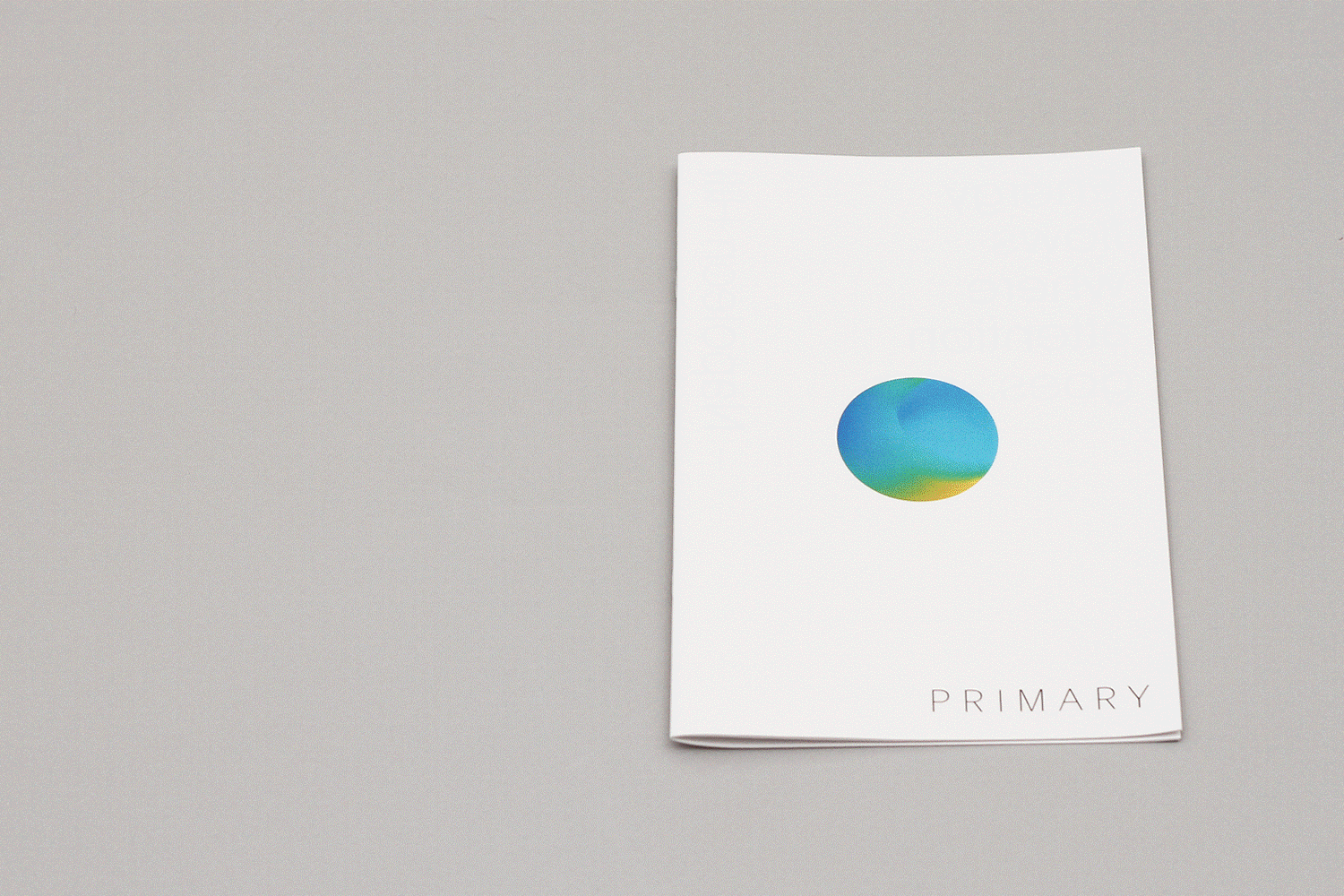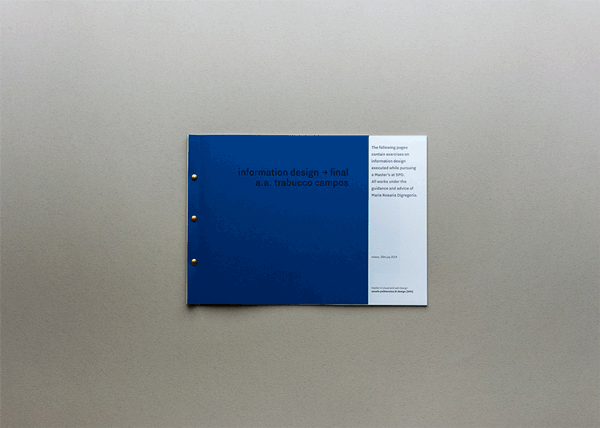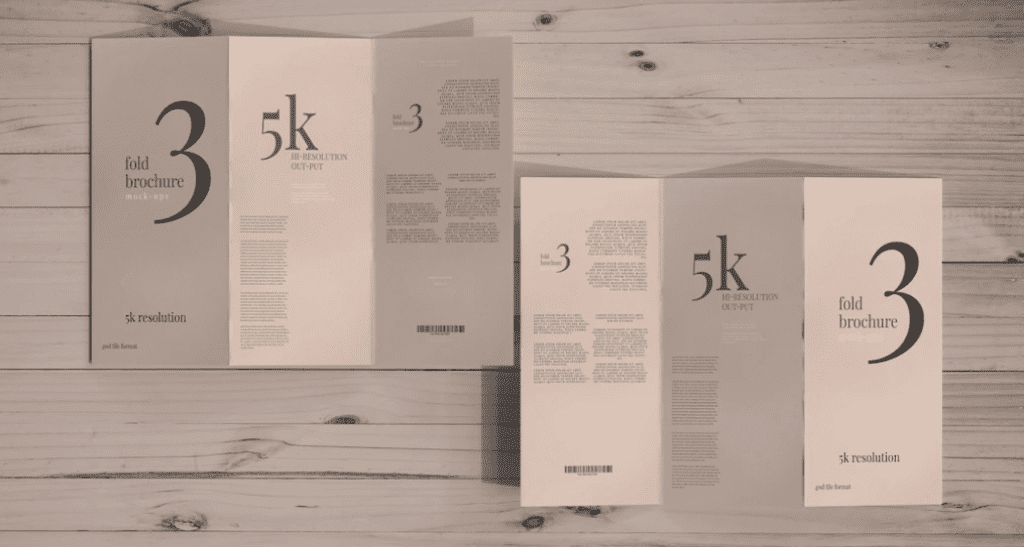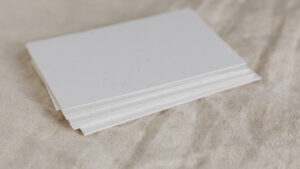Last Updated on November 16, 2022 by Packoi Team
But the truth is, there’s a lot of printing out there, and it can all be a little confusing. Brochures, booklets, pamphlets- what’s the difference? And why do you need one or the other? We’re here to help you understand the differences in these three print marketing materials so that you can make the best decision for your business’ marketing needs. So, let’s get started!
What is a Brochure?
A brochure is a printed piece of marketing collateral that includes important information and imagery related to your business, product, or service. Brochures are typically used to raise awareness, build trust, promote a specific event, and generate leads for businesses.
Here’s what a standard, tri-fold brochure layout looks like:
The front cover: This is the page where you’ll make your biggest visual impact and it must include your company logo, name, and tagline. You’ll also want to use high-quality images and copy to grab attention and entice readers to learn more.
The inside panels: Once someone flips open your brochure, they’ll see the inside panels. This is where you’ll provide more detailed information about your business. Be sure to include images, infographics, charts, graphs, and other visuals to break up the text and make it easier to read.
The back panel: The back panel is typically reserved for contact information (website, email address, phone number, etc.). You might also include social media icons or QR codes so people can easily connect with you online.
When done right, brochures can be an effective way to reach new customers and grow your business.
What is A Booklet?

A booklet is a small, stapled book consisting of multiple pages anywhere from 4 to 48 pages. Booklets are often used for product information, manuals, catalogs, event programs, and other marketing collateral. Printing companies usually print booklets in quantities of 250 or more.
Booklets are usually saddle-stitched, meaning that they’re stapled together at the spine with two staples. This type of binding works well for booklets that are relatively thin—no thicker than about 1/8″.
Booklets are an affordable and easy-to-produce marketing tool that can be used to promote your business, product, or service. When designed correctly, booklets can be an incredibly effective way to communicate with your target audience.
What are the Technical Specifications Between Brochures and Booklets?
Have you ever wondered how brochures and booklets differ? Both are small, printed pieces of marketing collateral used to spread awareness or give company information, but how are they any different? If you want to know these points, here are the key differences between the two you should know:
Multiple Pages
The primary difference between brochures and booklets is the number of pages. A brochure can have a single page, while booklets comprise multiple pages. Brochures are printed on a single sheet of paper, while booklets are printed on multiple sheets that are bound together, similar to a small magazine or a pamphlet. This difference in page count gives rise to a few other key differences, which we’ll explore in more detail below.
Marketing Purposes
Brochures provide an overview of products or political campaigns and generate interest in what’s being offered and boost sales. They’re not meant to be read from cover to cover; instead, businesses distribute brochures to be picked up and browsed through quickly so that potential customers can get a general sense of what’s on offer.
Booklets, on the other hand, are much more in-depth than brochures. They’re typically used to provide detailed information about a product or service, such as an instruction manual or a catalog. Because booklets have more pages than brochures, they can include more text and images, which makes them ideal for conveying large amounts of information clearly and concisely.
Layout
Brochure printing is straightforward because its layout is fairly simple so the reader can easily scan this glossy paper to understand your company’s products. On the flip side, a booklet layout tends to be more complex because it has more than one page and needs to accommodate more promotional material. As a result, the several pages in a booklet layout are carefully planned to support your marketing campaigns.
What are The Benefits of Using Booklets Instead of Brochures for Your Business

Booklets are a great marketing tool for businesses. These leaflets tend to be versatile and offer a variety of features that brochures don’t. Here are 5 benefits of using booklets instead of brochures for your business.
Booklets Are More Engaging
Brochures are often glossed over because they lack the engaging factor that booklets have. Booklets have the ability to tell a story that captivates the reader and keeps them engaged throughout the entire booklet. This is due to the fact that booklets usually have more pages than brochures, therefore giving you more space to tell your story.
You Can Include A Table Of Contents
A table of contents is a great way to give your readers an overview of what they can expect from your booklet. This is especially helpful if your booklet is on the longer side. By including a table of contents, you are providing a helpful guide for your readers that will make it easier for them to find the information they are looking for.
Cost-Effective
Since booklets are printed in higher quantities, they are more cost-effective per piece than brochure printing. Offset printing is ideal for large print runs since it becomes increasingly cost-effective with higher quantities. Likewise, digital printing would be a good option if you needed a smaller quantity printed quickly since there’s no need for plates.
Popular print marketing products
Booklets are a bit more compact and less “flippy” than brochures and feel substantial, which can add perceived value to your products. Also, booklets are more popular as more professional than brochures because they often contain detailed information about your product or service.
When potential customers see that you have taken the time to put together a well-thought-out booklet, it will leave a good impression and increase the chances of them doing business with you.
You Can Include a Call to Action
A strong call to action (CTA) is essential if you want your customers to take action after reading your marketing materials. With a brochure, you might have room for a CTA on one or two of the panels, but with a booklet, you can include a CTA on several pages if you want to! This makes it hard for customers to resist taking action after reading your booklet.
You Can Mail Them Out Easily
Mailing out most booklets is easy because they fit nicely into envelopes and don’t require extra packaging like some other types of marketing materials (i.e., posters). This makes them cost-effective and convenient to distribute, which is always a plus when it comes to marketing materials.
What are Some Tips for Creating Effective Brochures and Booklets?

Whether you’re sharing promotional materials or want to make a real difference with your business, brochures and booklets can be extremely effective marketing tools. To make yours stand out and put the message across, follow these five tips.
Keep It Simple with Glossy paper
The first rule of thumb in brochure and booklet printing is to keep it simple. You want your audience to be able to quickly and easily understand what it is you’re offering. That means keeping your language clear and concise, and your design clean and uncluttered. When in doubt, less is more.
Use High-Quality Images and Graphics
People are visual creatures, so it’s important to use high-quality images and graphics in your brochures and booklets. Remember, you only have a few seconds to grab your reader’s attention, so make sure your visuals are up to the task. If you’re not a professional designer, hire one—it will be worth the investment.
Get to the Point Quickly
As we mentioned before, you only have a few seconds to grab your reader’s attention. So once you have their attention, don’t waste it. Get to the point quickly and clearly explain what it is you’re offering and why they should care. No need for flowery language or extended explanations—just give them the facts straight up.
Use Testimonials and Customer Reviews
If you want potential customers to trust you, show them that others already do. Include testimonials from satisfied customers or client reviews from reputable sources in your brochures and booklets. Seeing that others have had success with your product or service will help put your audience’s minds at ease and make them more likely to convert.
Include a Call-To-Action
Last but not least, don’t forget to include a call-to-action (CTA) in your brochures and booklets! A CTA is simply an instruction to your reader telling them what action you want them to take next— whether it’s signing up for your newsletter, visiting your website, or taking advantage of a special offer.
Conclusion
Brochures are shorter and lighter, while booklets are more detailed-oriented marketing materials. Brochures are printed on cheaper paper, while booklets are printed on higher-quality paper. Brochures are designed for quick scanning, while booklets are meant to be read multiple times and kept for reference.
Ultimately, the best way to decide which type of marketing material is right for you is to consider your specific needs and objectives.
If you want to create an eye-catching marketing piece, a brochure is your best bet. However, to provide more in-depth information about your products or services, a booklet will work better.
If you need brochure and booklet printing services, Packoi Printing is the perfect partner for your business. We offer high-quality printing at competitive prices, and we can help you create a custom design that will make your brochures and booklets stand out from the competition.




